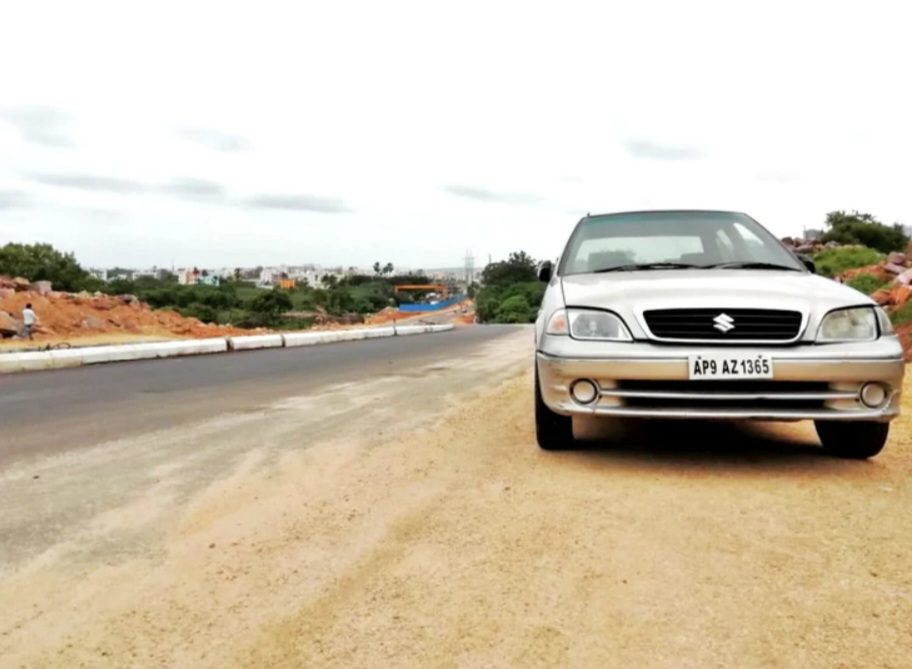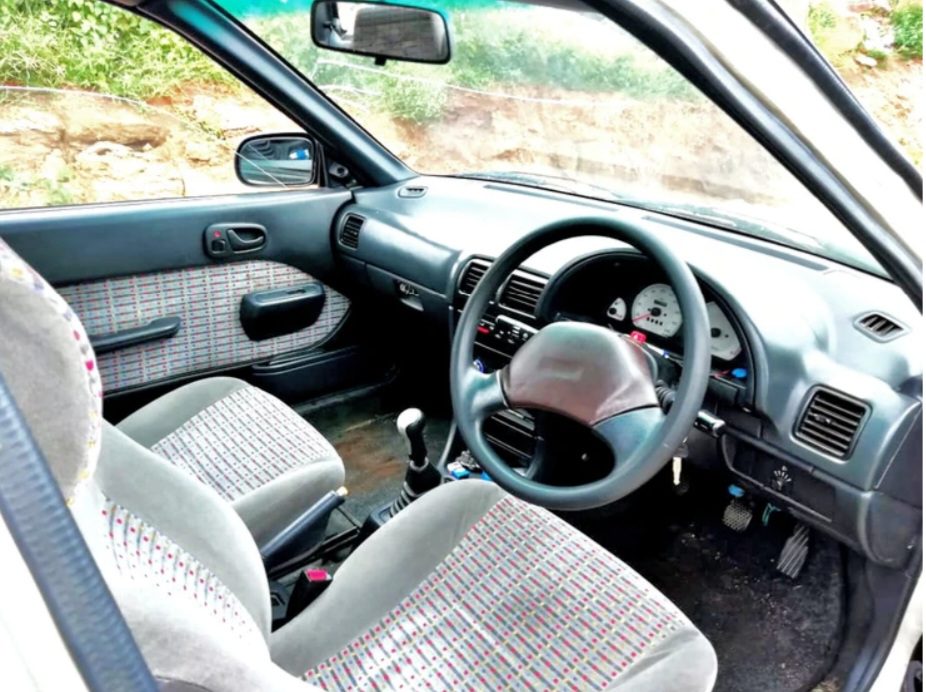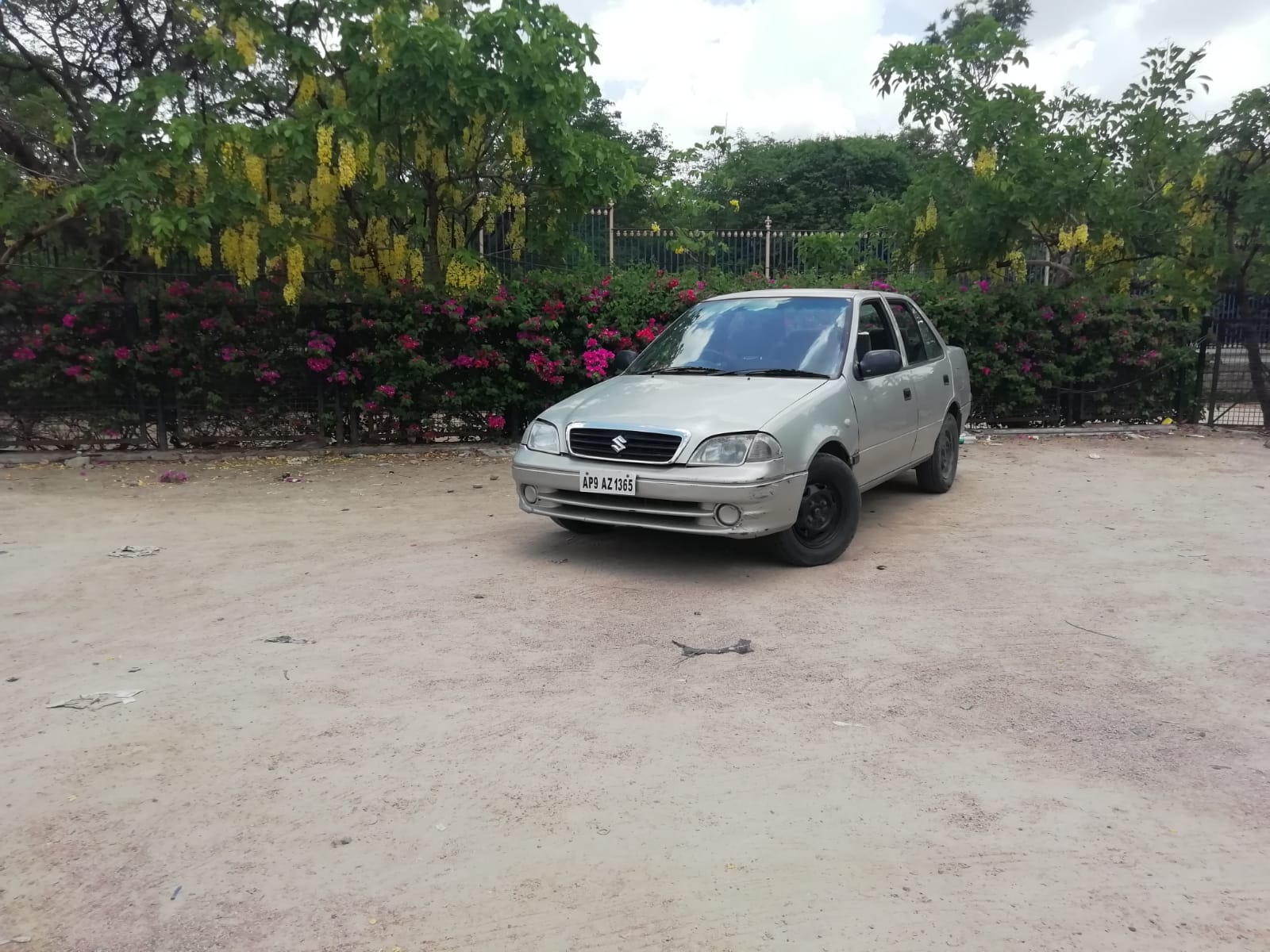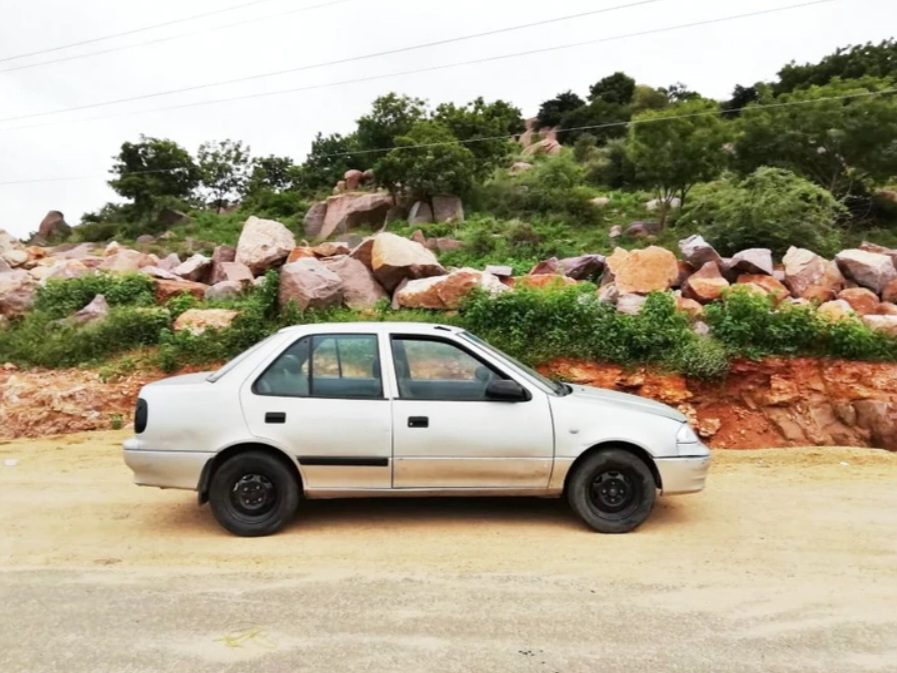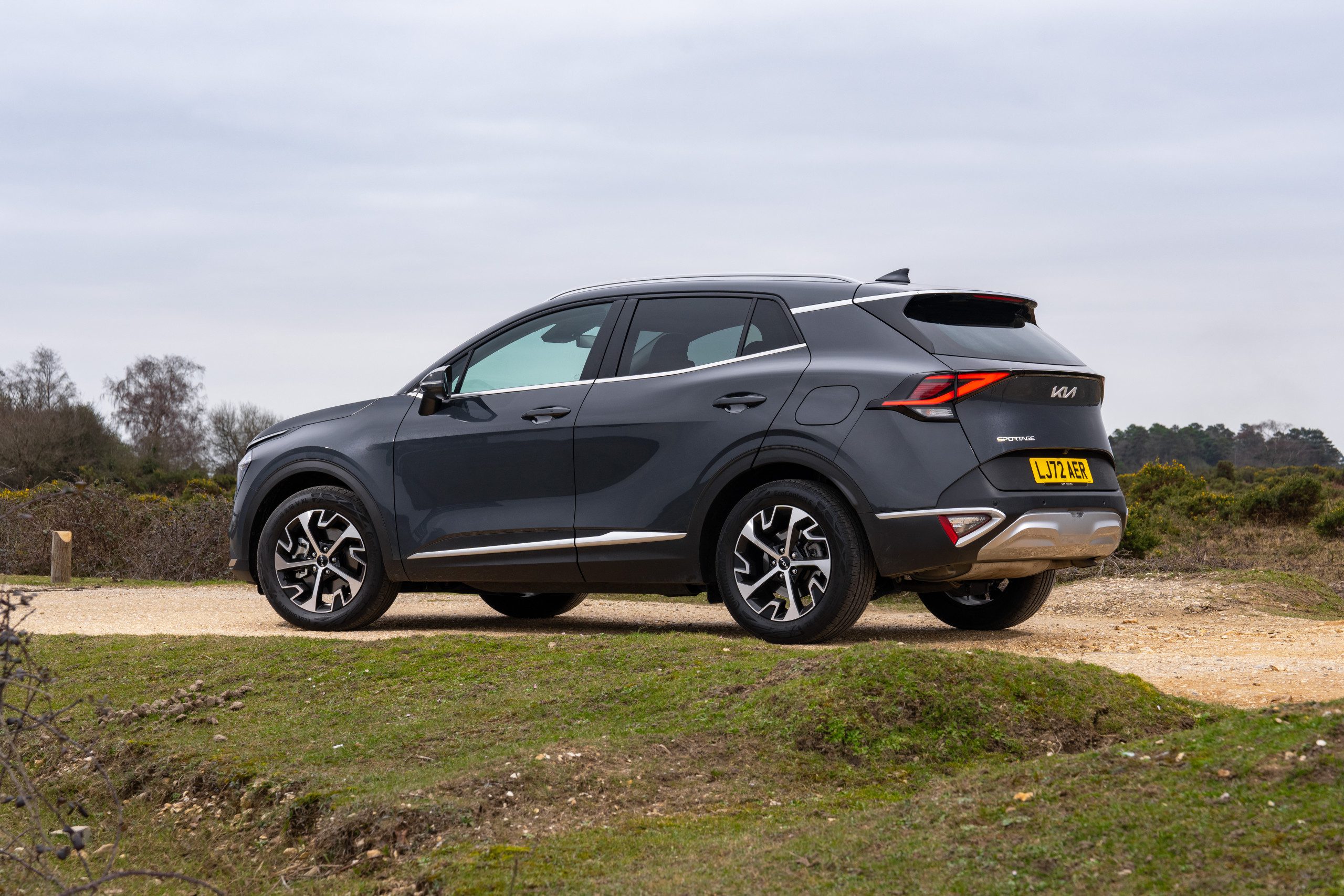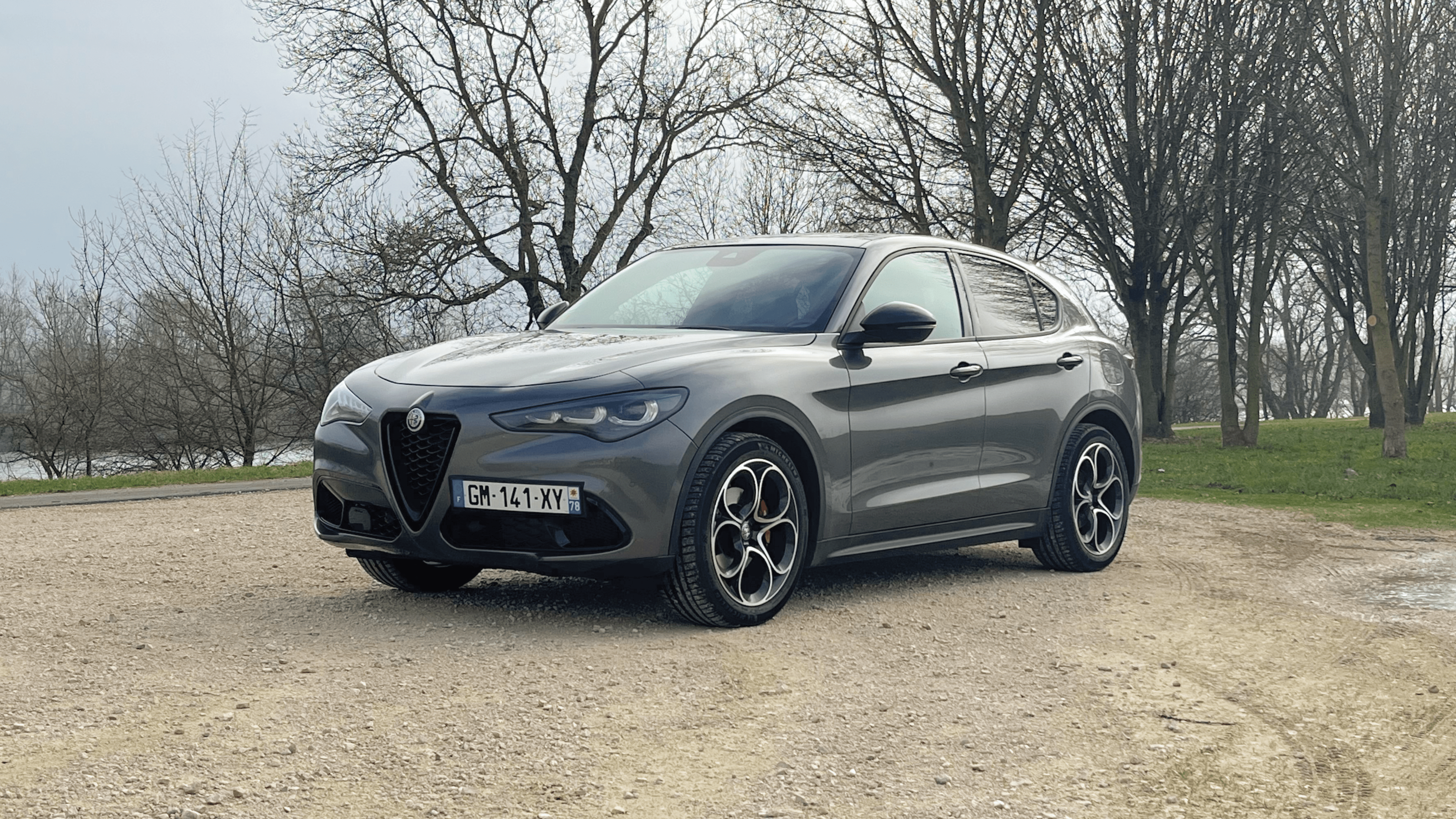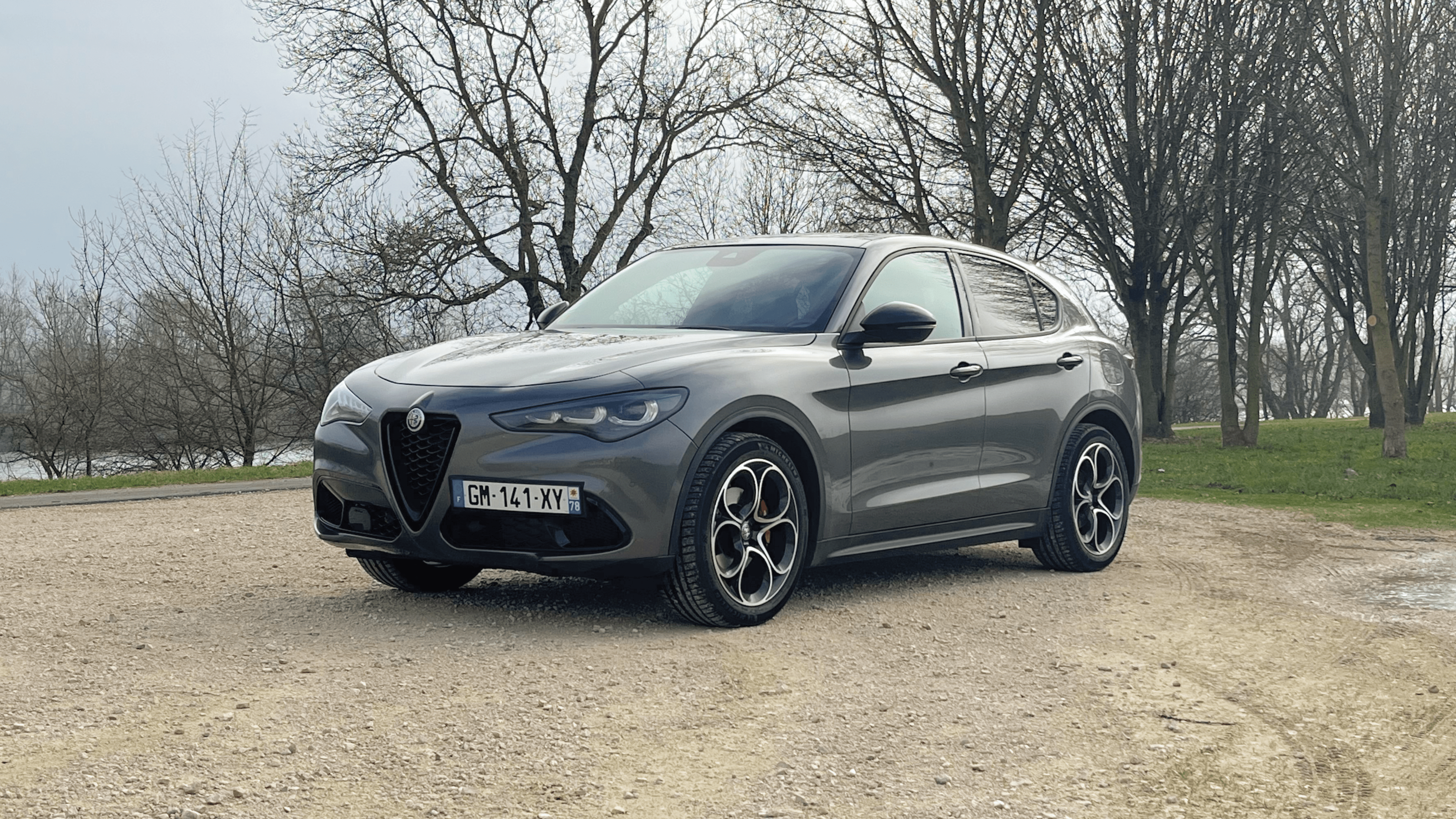The Forgotten Middle-Class Hero
Legends of India – Automobiles that drove India
Indian automotive industry is fairly young and in its short history, it has become one of the top 5 Automobile industries in the world. And along its journey to the top 5 in the world, it has been assisted by many iconic automobiles both four and two-wheelers.
I have decided to publish a series of articles covering the automobiles that have played their role in putting the people of India on the road (no pun intended). But first, we need to understand that it wasn’t until the late 80s and early 90s that automobiles became mainstream products for the masses.
so, most of my focus would be on finding and driving the vehicles that have played a significant role in becoming accessible to the common man of India.
So, in the first Article of this series, I will be covering the iconic sedan that became the catalyst for other Brands to bring their sedan models to the Indian shore and make them available to the masses.
I am talking about the Maruti Suzuki 1000 later named ESTEEM that became quite popular in the Indian market. as I’ve mentioned at the start of this write-up, automobiles weren’t accessible for everyone due to various reasons, be it monetary, accessibility or the idea of owning a car that was reserved for the royalty and people who resided at the higher echelon of the social ladder.
such was the situation during the pre-Independence era, regardless of many local industrial companies began assembling cars like the fiat Padmini, Jeep CJ-3A and Ambassador to name a few.
Despite the quite hefty change of vehicles being assembled, built and manufactured automobiles still weren’t accessible for the masses. A large number of wheels that were present on Indian roads were imported.
But around the 1950s things seemed to be changing for the Indian Automobile industry, right when the Government decided to set up tariffs and contorted laws to restrict trade, to boost the automobile sector locally. This worked fine for a while, but the market was largely dominated by Hindustan Motors and its Ambassador Model, which was soon bound to become monotonous, and it did.
Then came the 80’s
The 80′ is when the government started taking interest in promoting the Automobile Industry, Delhi Auto Expo was established. But the biggest deal in India’s automobile history took place at the inception of the 80′, A deal that merged the Indian government and SUZUKI Motor Corporation. Giving Rise to the Biggest Market holder in the Indian Market, ‘Maruti Suzuki’.
At first Maruti Suzuki was the sole importer in India’s closed market for the first two years of its deal. but as years progressed Maruti started to assemble its cars locally and as the decade came to a close MARUTI SUZUKI launched some conic cars that drove India such as the Maruti 800, GYPSY, OMNI and the one that became the successor to the protagonist of this article ‘The MARUTI 1000’.
Maruti Suzuki 1000/Esteem
In 1989 Maruti Suzuki launched a three-boxed car that led the way for other manufacturers to bring in their sedans to the Indian market.
Even though Maruti 1000 wasn’t your ideal sedan with a lowly 970cc engine producing 50 horsepower. When launched
But back then India was still getting used to automobiles, especially the ones with four wheels, which were still finding ground in Indian homes. Power figures didn’t matter much to the average consumer. so, it did well.
Seeing its success and Maruti’s rise in the market, Maruti-Suzuki launched a facelift of the 1000 and they changed the name to Esteem in -1994 while at it. The facelifted model had an upgraded engine in the hood, producing 65 hp from a now increased capacity of 1.3 litres.
Esteem enjoyed a lot of success in the Indian market with little-to-no competition in its segment for the next three and a half years. That is when Japanese marques like Honda and Mitsubishi decided to introduce us Indians to their entry-level sedans.
These infamous three-boxed cars are The Honda city and The Mitsubishi Lancer. they slowly gained popularity among Indian consumers with their more powerful (relatively) engines and impressive (at that time) brochures.
Maruti-Suzuki took notice and decided to bring an update to their most expensive car sold at the time, this time again the engine was upgraded although the displacement stayed the same, although the trusted carburetor was thrown out in the Favour of a multi-port fuel injection system which resulted in an increased of extra 20hp.
Now 1.3 G13B engine was producing 85 hp mated to a chassis that barely weighed a ton. which resulted in a car that had the best power-to-weight ratio among the competition.
G13B is a riot to operate, it revs up to 7000rpm where the limiter kicks in, and it sounds glorious while doing so, especially for a four-pot.
Due to its ridiculously light structure, it picks up pace rather quickly. I haven’t gotten around to testing its 0-100 kph times. But I am pretty certain it touches the triple-digit mark in under 13 seconds. That was plenty quick for a car in India back then.
No wonder esteem has been a go-to choice for a Local Motorsports competition, And tuner favorite for a long time. Besides being a potent car in terms of engine performance, esteem is also very potent dynamically.
It handles very well for an old-timer, and it evokes excitement that not many modern cars can. Coming back to its weight which weighs around 900kg, does wonders around the corners.
If anyone is familiar with a Go-kart, they could easily find similarities in Esteem’s steering behavior, which has a nifty front that likes to dart on a simple input on the steering wheel.
On the highway, esteem stays stable to an extent, but once you are in the middle of the triple digits around 120-130, its lightweight starts to hinder it, and it starts to unnerve a little, but perhaps coming from someone who’s invariably driven modern set of automobiles. I believe I might be a bit harsh with this remark.
END OF THE LINE
Despite being the most expensive car sold by Maruti-Suzuki, it still heavily undercut the likes of the Honda City and Mitsubishi Lancer. And still coming equipped with the creature comfort of any car in the segment.
On top of that, it came with soft-touch materials inside and electronic power windows, etc. All this and the Maruti badge made esteem a go-to car for corporate employees and business owners alike.
But by the mid-2000s cars like Ford Ikon, Opel Corsa, and Hyundai Accent. Came to challenge esteem on equal grounds, even though esteem gave them a good run it was apparent that Esteem began to show signs of an ageing athlete who was on the last leg of their career and was solely relying on his Name and experience to stay relevant among the young talents.
And by Dec of 2007, Maruti Suzuki decided to end the production of the Esteem, By then it existed in the market for more than a decade in more or less the same form it debuted in 1989 as Maruti 1000. It was surely time to say Goodbye to the legend that played a major role in shaping the modern automobile scenery of India.
And with that was gone a little family mover that challenged the big boys in terms of style and performance. A car that has found success and admiration among Indian consumers in a segment that is now considered a dying breed. and without it, it is highly unlikely the automobile sector in India would have found success that early on. A car that has now become a mere distant memory among many, but still lives on among some enthusiasts that care for its history and respect its capabilities.
Recommend0 recommendationsPublished in Cars, Reviews